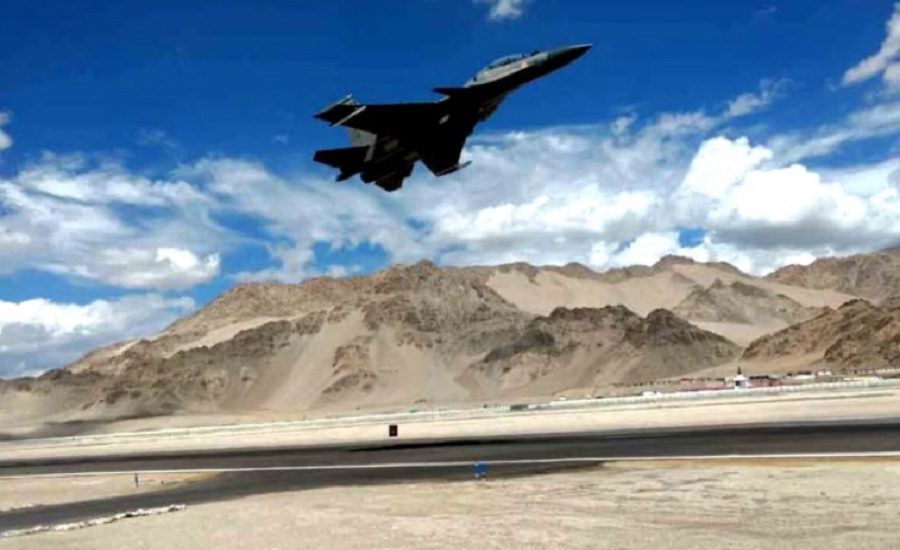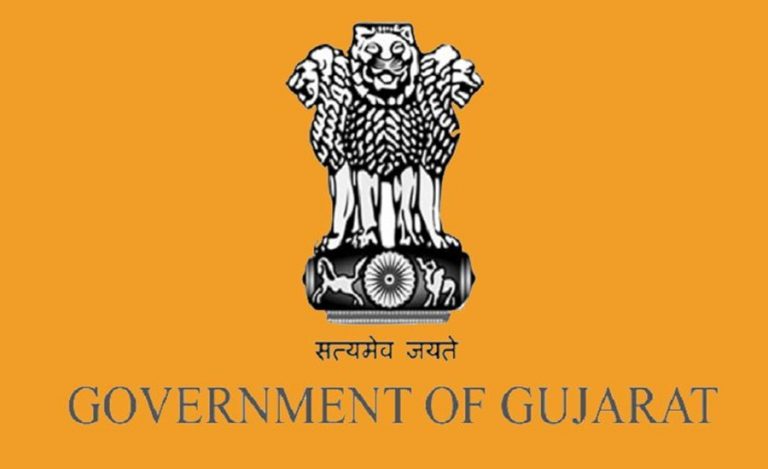Ladakh/ New Delhi: In a major strategic defence leap, the Indian Air Force (IAF) has officially commissioned the Nyoma Airbase in eastern Ladakh, making it the highest operational fighter-capable airbase in the world, situated at approximately 13,700 ft above mean sea level.
The milestone was marked by IAF Chief Air Chief Marshal A.P. Singh landing a C-130J transport aircraft at the base, underscoring the upgrade’s immediate readiness.
This development comes at a time of sustained focus on India’s northern frontier, especially along the Line of Actual Control (LAC) with China.
Background of Nyoma Airbase
The Nyoma region (often referred to as “Mudh-Nyoma“) lies in the Changthang area of eastern Ladakh, near sensitive sections of the LAC. Historically, the landing ground here was a mud-paved airstrip.
The upgrade began in earnest in response to the 2020 border standoffs with China, prompting Indian defence planners to strengthen forward infrastructure in high-altitude terrain.
Project execution was undertaken by the Border Roads Organisation (BRO) and involved massive engineering effort under extreme climatic conditions — sub-zero temperatures, limited construction windows, remote terrain.
The upgrade transformed the strip into a full-scale airbase with a rigid pavement runway of about 2.7 km length, hangars, ATC complex, blast pens and supporting infrastructure.
Importance of Nyoma Airbase
1. Strategic Reach: The Nyoma base reduces response time, enabling rapid deployment of troops, equipment, helicopters, transport aircraft and fighter jets to forward high-altitude sectors like Pangong Tso, Demchok and Depsang.
2. High-Altitude Capabilities: Operating at 13,700 ft presents unique challenges — thinner air, colder temperatures, limited window for construction and operations — so achieving fighter-capable status at such height is a significant engineering & operational milestone.
3. Deterrence and Infrastructure Parity: With China rapidly building infrastructure along Tibet/LAC side, this base gives India a visible forward posture and strengthens deterrence.
4. Logistics Hub: Beyond fighters, the base can handle heavy lift transports (e.g., C-17, IL-76) and thus acts as a logistics and sustainment hub for the region.
Key Challenges to Watch of Using Nyoma Airbase
Performance Limitations: At such altitudes, aircraft performance (lift, payload, engine efficiency) is degraded. Operational fighter jets will require adjustment, and full fighter ops are expected by early-2026.
Climate & Terrain: Temperatures can drop to −30 °C or lower; terrain is rugged and remote. Construction and maintenance windows are limited.
Sustainment in Winter: Heavy snowfall, limited access, frozen ground and logistics continuity during winter months remain demanding.
Neighbourhood Response: China may react via its own build-up or operations across the LAC, thus requiring sustained vigilance and resources.
Implications of Nyoma Airbase
Operational Readiness: The IAF now has a forward hub to project air power deeper into the Ladakh region, shortening logistics chains and increasing flexibility.
Border Diplomacy: The commissioning sends a clear message of India’s commitment to safeguarding its borders — might influence diplomatic dynamics with China.
Force Posture Upgrade: This addition adds to the network of forward airfields (e.g., Leh, Thoise, Kargil) and advances India’s layered defence architecture in high altitude zones.
Economic & Local Impact: Though defence-oriented, infrastructure upgrade in Nyoma region may spur ancillary development — roads, connectivity, accommodation, support services.
Regional Security Balance: With heightened Sino-Indian competition along the LAC, the operationalisation may prompt responses — militarily or via infrastructure — from the Chinese side.
Way Forward
Full Fighter Operations: While transport aircraft are already operational, the IAF must phase in fighter jets (e.g., Su-30MKI, Rafale) by early 2026 as planned.
Year-Round Sustenance: Ensure logistics, maintenance, fuel supply and personnel rotation systems that can handle winter isolation and harsh conditions.
Integrated Multi-Domain Ops: Leverage the base for not just air operations but ISR (Intelligence, Surveillance, Reconnaissance), drones, and joint operations with Army & Navy in the region.
Maintain Infrastructure Growth: Continue upgrading allied roads, tunnels, advanced landing grounds (ALGs) to support Nyoma and other forward bases.
Diplomatic Engagement: Match this infrastructure with calibrated diplomacy to prevent escalation and maintain credible deterrence along the frontier.



























